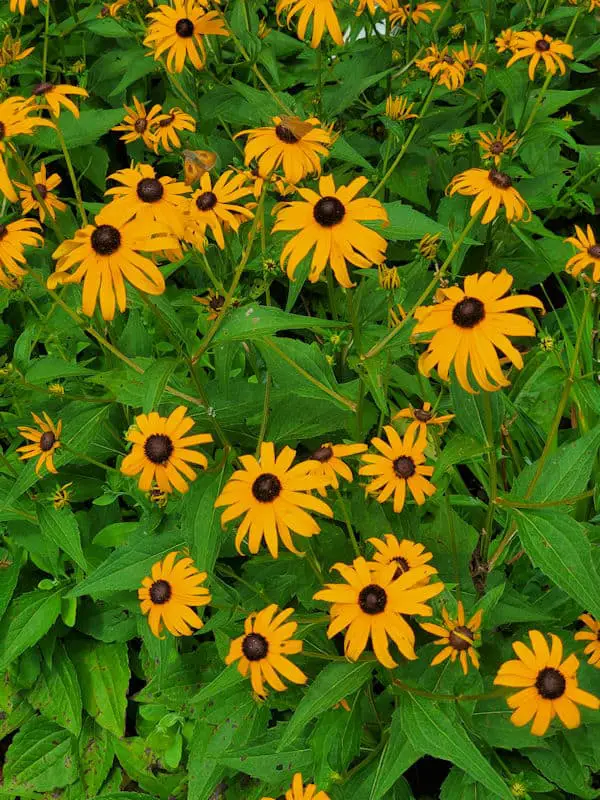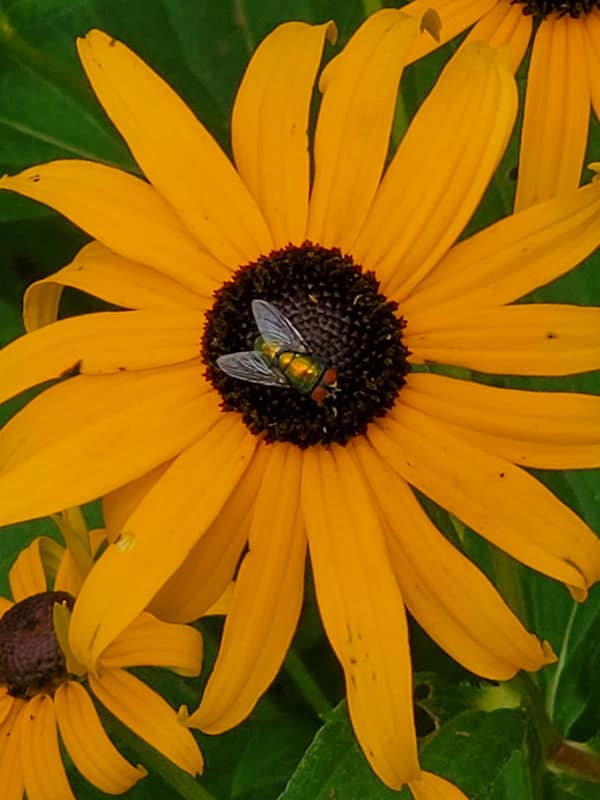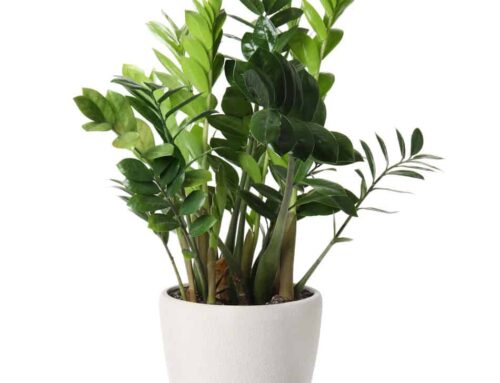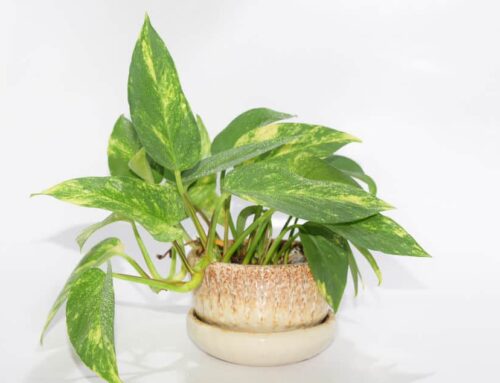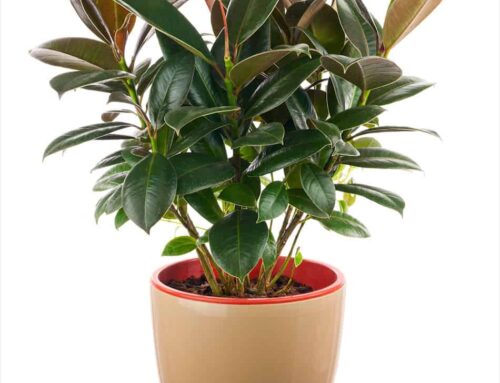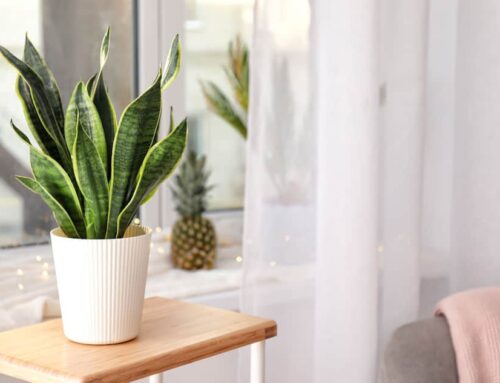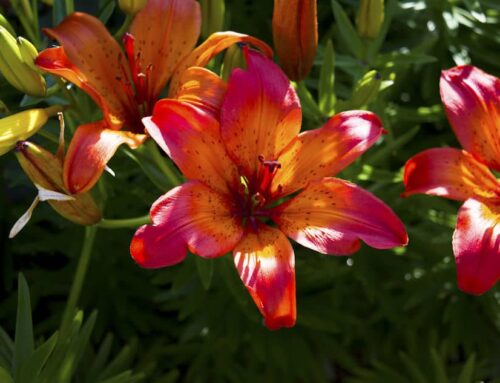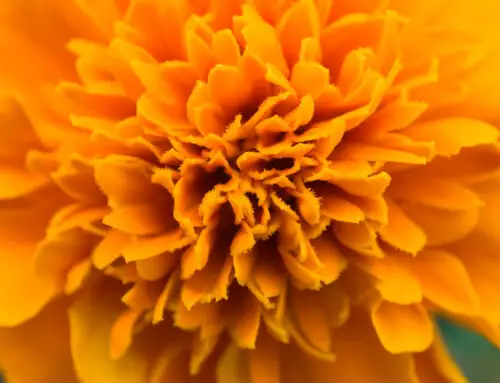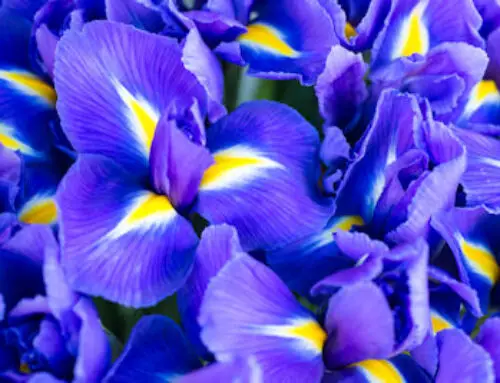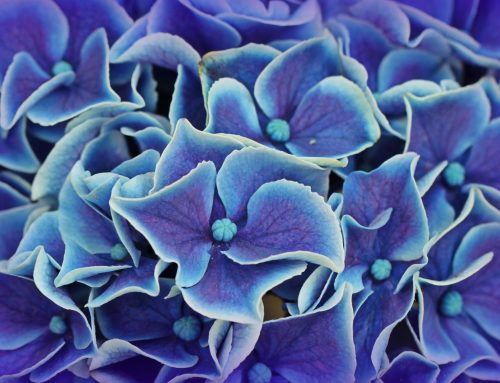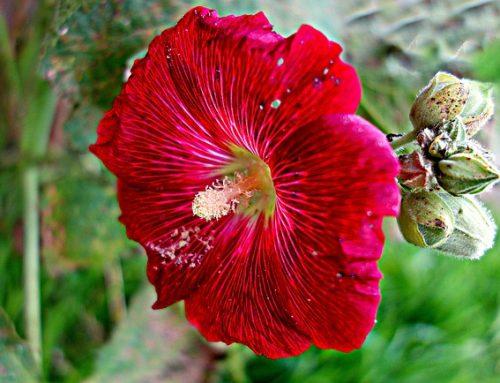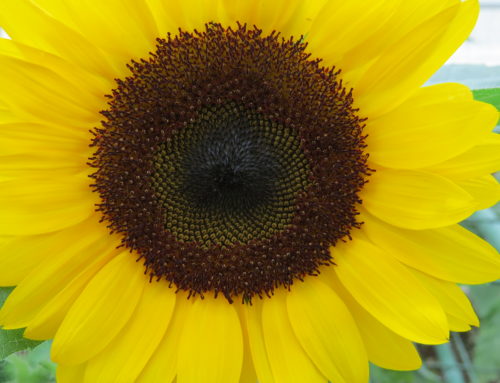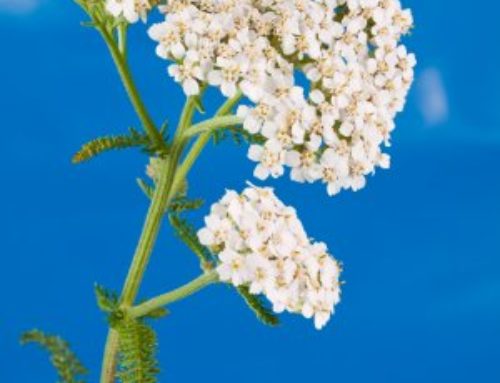Black Eyed Susan (Rudbeckia) is a beautiful summer flower. You will typically see this flower bloom towards the middle to end of July. It sometimes can bloom well into the fall.
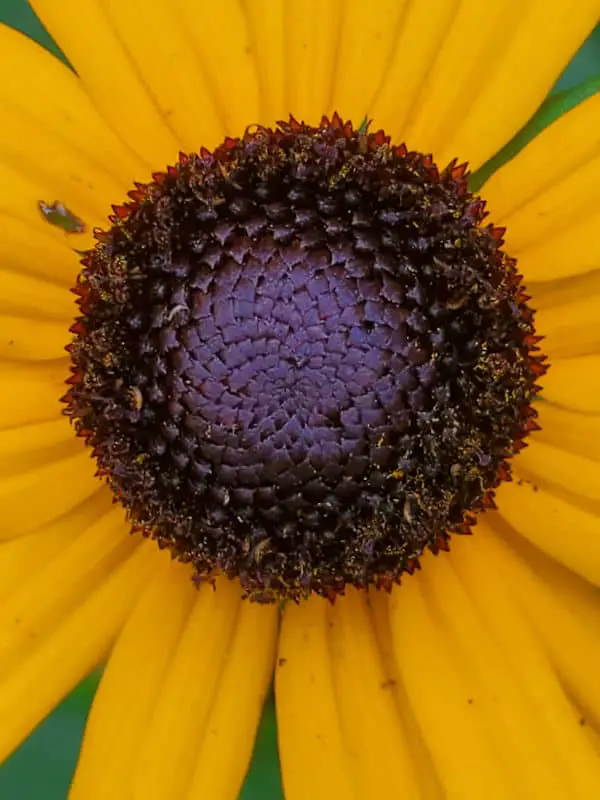
Black Eyed Susan Information
Black Eyed Susan are bright yellow flowers that have a distinctive black center. They will spread throughout a flowerbed and really add a pop of brightness to the end of summer.
There are about 20 different species of this flower. They typically have yellow blossoms however some varieties have orange or red blossoms. The centers are not always black, they can also be brown or green.
Black Eyed Susan is the Maryland state flower. Definitely a beautiful flower to have representing your state!
What Do Black Eyed Susans Look Like Before They Bloom
Here are some Black Eyed Susans shortly before they bloomed.
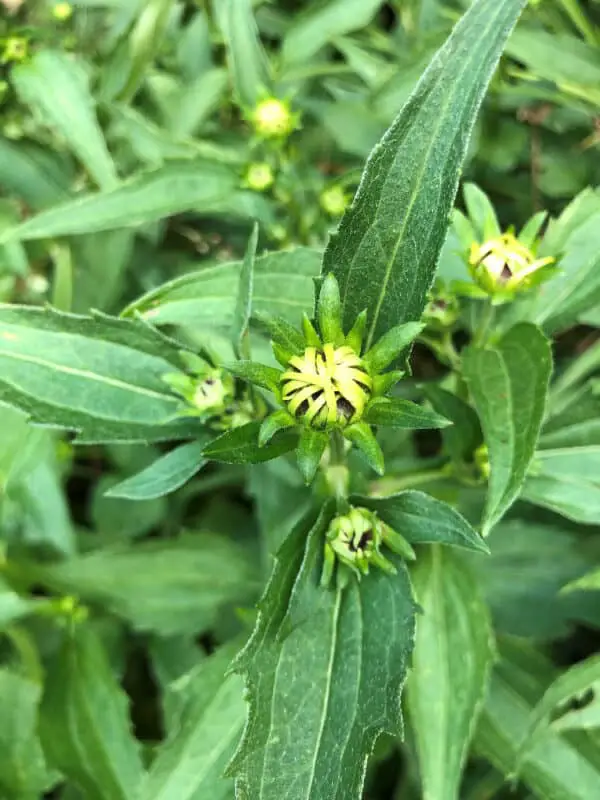
Do Black Eyed Susan Come Back Every Year
Some Black Eyed Susan varieties are perennials such as Rudbeckia fulgida which means they will come back every year. Other varieties are annuals such as Rudbeckia hirta which means the plants only last one year and will not come back.
Black Eyed Susans shed their seeds, so they reseed themselves. For annuals this means that although the original plant will die each year, new plants will grow from the seeds that were shed by the original plant. The new plant will be in a slightly different location than the original.
So yes Black Eyed Susans will come back every year. Perennial varieties will be the same plants returning each year, along with new plants caused by the reseeding. Annual varieties will be brand new plants that will grow from the seeds of the previous years plants.
Are Black Eyed Susans Invasive
I wouldn’t call them invasive but they can spread around quite a bit. Since Black Eyed Susans reseed themselves they will spread out and grow in clumps easily. If they multiple too much for your liking simply dig out or pull out of the ground the ones you don’t want.
How to Grow Black Eyed Susan
Black Eyed Susan grows well in a flowerbed all by itself. While you can have other flowers around them, they do not need it. Since they reseed themselves they spread easily forming clumps of flowers. They put on a beautiful show all on their own.
Black Eyed Susan also attracts bees, butterflies and other helpful pollinators to your garden.
In order to start the growing process, make sure you are planting them in fertile soil with very good drainage.

If you live in colder regions, plant the flower in the springtime. If you live in a warmer climate, then you could begin planting the flower in the fall months.
These plants will reseed themselves every year. Once they begin to grow, some of the plants may die off, but then, due to the reseeding, they will begin to grow again.
Black Eyed Susan love the sun so they are great plants for sunny spots. They can also tolerate partial sun. Just make sure to water them regularly. If your soil is moist, then you do not have to water them as often. Only on an as needed basis.
They have very strong stems that will hold them upright. These plants are typically around 2 feet tall so they do not need to be supported with any kind of staking. Some varieties can be taller so they may need support.
Pests and Diseases
On new growth you might find snails and slugs. You may also notice aphids on Black Eyed Susans, these can be washed away with water from a hose. You may also notice Smut, Leaf Spots, Powdery Mildew and Rust. See more information on garden pests and plant diseases.
Powdery mildew is a fungus that shows up as white patches on the leaves. When you see powdery mildew, you can cut the plants down to stop the growing of the powdery mildew. Then they will continue to grow, as they should.
While this usually is not a problem until the end of its growing season, just make sure to cut the plants down that have it so that it doesn’t become a bigger problem.

